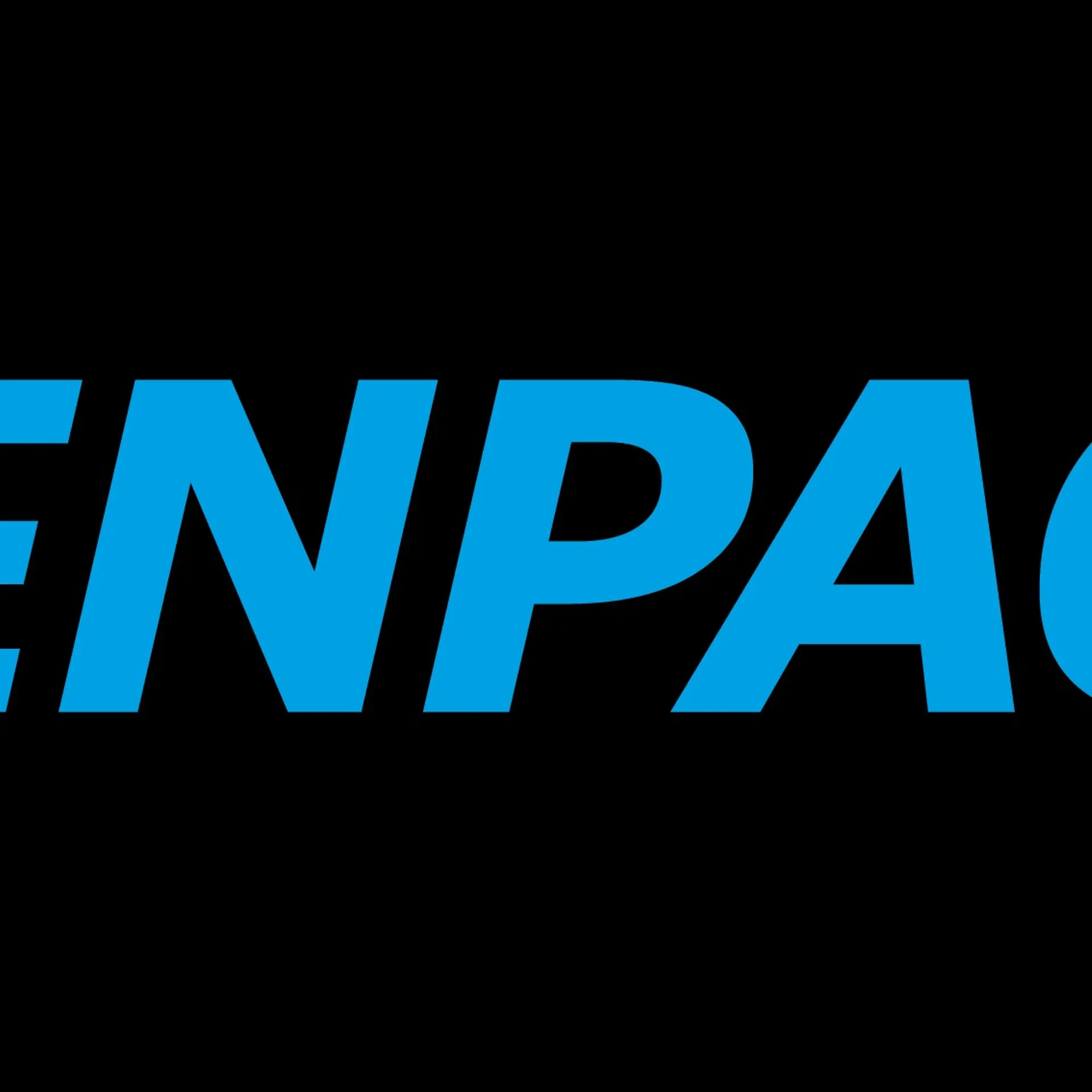

We use social networks every day to inform, follow and interact with celebrities and brands that are dear to us. They have become an essential pillar of Conversational Marketing.

It is therefore natural that they become part of the event marketing strategies of companies. Why and how do you support social networks when organizing your events?
There are two main reasons for this:
First of all, to amplify the event, to touch another audience and to give it an amplitude that goes beyond the walls of the event hall.
Then to make it more alive, give it a more dynamic character by provoking more discussions, interactions and sharing ... In other words, more commitment.
However, for this strategy to work optimally, social networks must be integrated at each stage of the event's lifecycle: before, during, and after it.
Here are 10 good practices to know:
1. Before the event, develop an effective content strategy.
A well-crafted and the well-communicated message will not only affect your audience but will also be more likely to be shared, becoming viral. This is the desired effect. Prepare conscientiously your editorial strategy: what message to push on which social network, to achieve what objective?
2. Rely on the strengths of each social network
The choice of networks to communicate with is usually based on the target of the event and the desired goal. Facebook, for example, will be used more in a BtoC approach, while LinkedIn will allow you to target a professional audience. Twitter and its news feed in real time will be essential regardless of the type of event. Instagram, the fastest-growing and most engaging social network, will be your main lever for sharing photos and visuals.
You can usually start communicating about the event 3 to 4 weeks before D-Day, all of which is to prepare it well.
3. Choose a hashtag
The hashtag is a central pillar of your social media strategy. It must be unique, simple, short, easy to write and relate to your event. Finally, it must appear on all your communication media, print and web.
4. Rely on advertising
As the organic reach is becoming weaker on social networks, I encourage you to allocate an advertising budget and sponsor certain publications to reach your audience.
5. Use Your Best Fans ... Your Employees
Adopting an Employee Advocacy strategy is also a good way to get around this "low organic reach" problem, amplify your messages by building on your employees and generate more engagement and shares. Quite simply because the human being trusts more to his like to the marks.
6. Identify the influencers
Your speakers are your best allies, do not hesitate to offer them content ready to share with their audience. Joining LinkedIn groups close to your theme will also allow you to identify people who are influential and interested in it.
7. Live-tweet
During the event, use Twitter to broaden the audience, create engagement and discussion. We advise you to prepare your messages upstream, or even pre-program them using your social media management platform. In this way, you will be able during the event to focus on listening and moderation, exchanges and discussions with Internet users.
8. Make a live-stream
During the event, rely on solutions such as Periscope and Facebook Live to broadcast live all or some parts of the event. You'll reach even more people and create sharing - live videos typically generate 40% more engagement than standard videos.
9. Think of the Social Wall
Show tweets live on a screen is a great way to encourage the audience to share content on networks.
10. After the event:
maintain the momentum ... and analyze
The exchanges do not end with the event. Remember to keep the discussion going and keep the conversation going. Identify people who have followed you or shared content, and encourage them to join a LinkedIn or Facebook group, for example, to continue sharing and sharing content. You can even give them an appointment for a "Twitter Chat" with the speakers/celebrities of your event. The idea, again, is not to let down the bellows, but to maintain interest ... until the next event!
Finally, think about analyzing the performance of your social media campaigns: what are the messages that worked? the people who participated? the best ambassadors? influencers? This always in the optics to improve and do even better next time!





